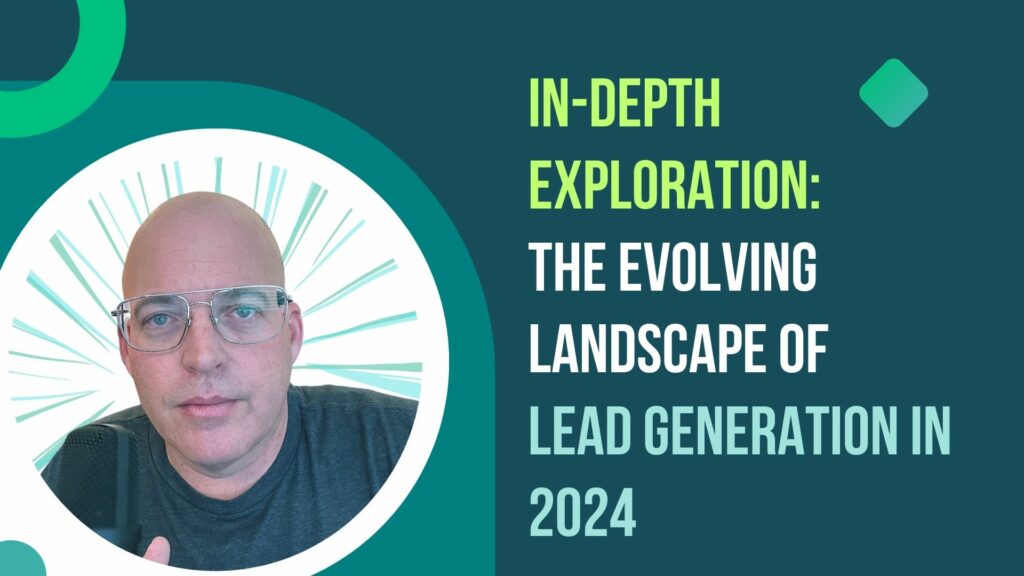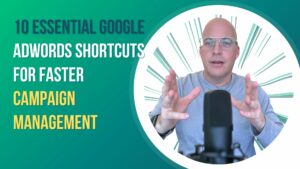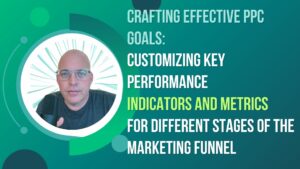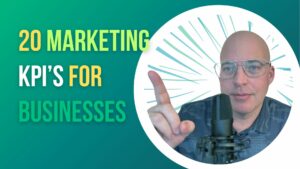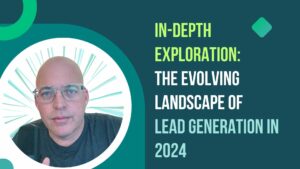Getting Personal with Customer Data
In response to stricter privacy laws, businesses are increasingly relying on gathering and utilizing first-party data directly from customers. This approach builds direct relationships based on consent, allowing for more personalized and effective marketing strategies. The goal is to navigate the evolving digital landscape responsibly and in compliance with regulations
User-Created Ads are In
The advertising world is shifting towards authenticity and relatability through User-Generated Content (UGC) style ads. Riding on the wave of ‘TikTokification,’ brands are tapping into content created by real users, fostering more personal connections. This organic form of engagement proves to be a powerful tool in building trust and community, setting the stage for a more interactive and user-centric digital marketing era.

Expanding Horizons with Broader Targeting
Broader targeting emerges as a prominent trend in digital marketing, propelled by the continuous enhancement of algorithms across platforms,. This evolution signifies a shift from hyper-specific targeting to a more expansive approach, entrusting AI with the task of identifying the most receptive audience segments. As machine learning and artificial intelligence grow more sophisticated, marketers are finding value in casting a wider net, allowing the technology to optimize audience selection for improved reach and engagement, thereby maximizing campaign effectiveness in a fluid and ever-changing digital environment.
Casting a Wider Net with Targeting
The trend in digital marketing is moving from hyper-specific targeting to a broader approach. Advanced algorithms and artificial intelligence (AI) play a bigger role in identifying the most receptive audience segments. This enables businesses to cast a wider net, optimizing audience selection for better reach and engagement in the ever-changing digital environment.
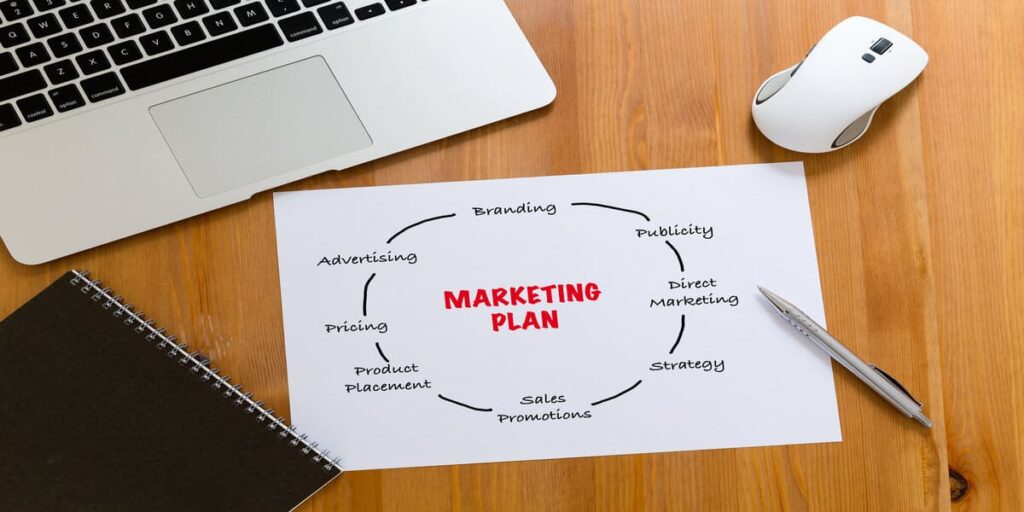
Looking at the Whole Customer Journey
The focus has shifted towards the entire customer journey, from the first exposure to an advertisement to post-sale experiences. Brands are adopting a fully rounded approach, crafting each step to guide, engage, and nurture the customer. This approach aims not only to optimize conversions but also to build enduring relationships through a consistent and personalized experience.
Connecting Online Efforts with Offline Conversions
Businesses are stepping up efforts to bridge the gap between online advertising and results in the offline world. This involves integrating sales systems and Customer Relationship Management (CRM) tools back into advertising platforms. The goal is to optimize real-world results by aligning offline sales data with online strategies, gaining insights into customer behavior and refining marketing tactics.

Unleashing Creativity in Automated Campaigns
The rise of automated campaign tools like PMAX and Advantage+ is ushering in an era where creativity takes center stage. Brands are encouraged to invest more in creative elements as these technologies streamline operational aspects of advertising. The focus is on developing diverse and innovative content that resonates with multiple Ideal Customer Profiles (ICPs), recognizing creativity as a important differentiator in the crowded digital space.
Elevating Credibility through Trust and Reviews
Trust and reviews have become a big deal in consumer decision-making. As consumers become more careful, businesses are placing a higher priority on building credibility and positive customer testimonials. Management of online reputation and customer feedback is more important then ever, as reviews not only influence individual purchasing decisions but also shape the overall brand perception in a competitive digital world.

Mastering Metrics Across Omni-Channel Strategies
The focus is shifting towards omni-channel marketing, emphasizing the measurement of Marketing Efficiency Ratio (MER) and Return on Ad Spend (ROAS) across all channels. This approach recognizes that consumers interact with brands across multiple points. Analyzing performance metrics provides businesses with a more comprehensive view of marketing effectiveness, enabling them to allocate resources strategically and create better campaigns.
Harnessing Advanced AI for Sales and Creativity
The sophistication of AI tools is increasing monthly, particularly in augmenting sales and creative processes. Businesses are leveraging AI’s advanced capabilities in data analysis, pattern recognition, and predictive modeling for more personalized and efficient sales tactics. Simultaneously, in the realm of creativity, AI is unlocking new potentials for generating innovative designs and content, catering to diverse market segments. This integration of AI represents a significant leap forward, offering businesses tools to streamline operations and drive more impactful marketing and sales initiatives.
The Rise of Short-Form Copy in Digital Narratives
Anticipate a substantial rise in short-form copy, reducing traditional long-form advertisements. This shift is a response to fast-paced and fragmented consumer attention spans, particularly in the digital realm. Short-form copy is not just about brevity; it’s about delivering compelling narratives concisely and effectively. This trend caters to audiences who prefer quick, informative content, recognizing that every second counts in capturing consumer interest.

